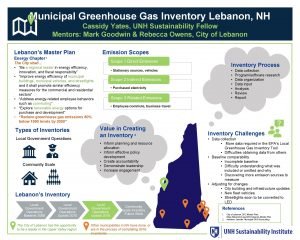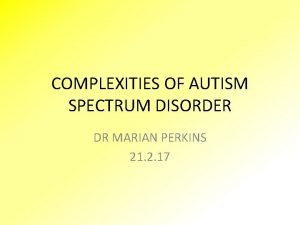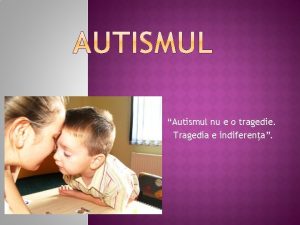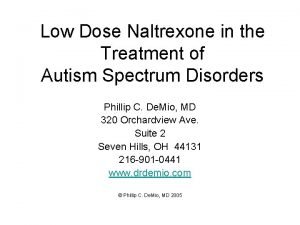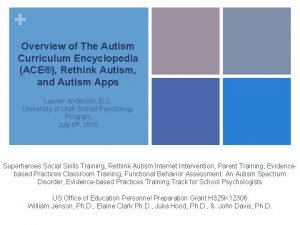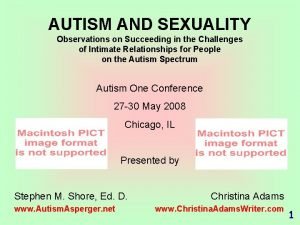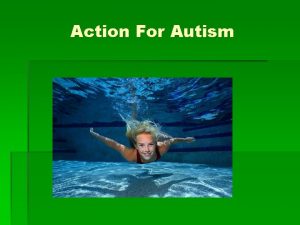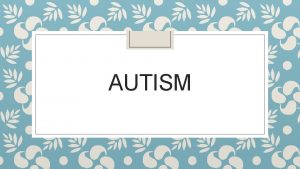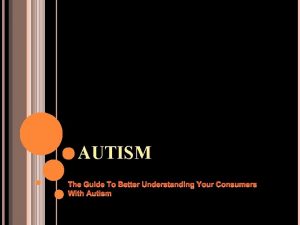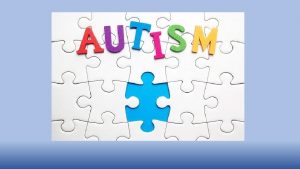Autism Cassidy Willmon Pit1 Autism Autism is a












- Slides: 12

Autism Cassidy Willmon Pit-1

• Autism- Autism is a developmental disorder that appears in the first 3 years of life, and affects the brain's normal development of social and communication skills.

Signs of Autism • • No big smiles No back-and-forth sharing of sounds No back and forth sharing of smiles No back and forth sharing of facial expressions No babbling by 12 months No Gesturing (pointing, waving bye-bye) No words by 16 months

Early Signs of Autism • • • Doesn’t make eye contact Doesn’t smile when smiled at Doesn’t respond to his or her name Doesn’t respond to the sound of a familiar voice Doesn’t follow objects visually Doesn’t use other gestures to communicate.

Facts: • • Autism now affects 1 in 88 children Boys are four times more likely to have autism than girls About 40% of children with autism do not speak About 25%– 30% of children with autism have some words • At 12 to 18 months of age they loose their words • Autism IS TREATABLE

Extra Sighs of Autism • • • Doesn’t make noises to get your attention. Doesn’t reach out to be picked up. No words by 16 months No two-word meaningful phrases Any loss of speech or babbling or social skills

Extra Facts on Autism • Autism greatly varies from person to person • The rate of autism has steadily grown over the last 20 years • Autism itself does not affect life expectancy • Children with autism do progress • Autism is the fastest growing developmental disorder

Number of Autism Cases 180000 U. S. School Years 1992 -2003 160000 140000 120000 100000 80000 60000 40000 20000 19 1992 1993 1994 1995 1996 1997 1998 2099 2000 2001 2002 03 0 < U. S. and outlying areas, autism, ages 622 U. S. and outlying areas, autism, ages 322

- Autistic individuals tend to use different areas of the brain(yellow) for a movement task compared to a control group (blue).

- A young boy with autism who has arranged his toys in a row - Leo Kanner introduced the label early infantile autism in 1943. - Repetitively stacking or lining up objects is a behavior sometimes associated with individuals with autism.

Resources: • http: //nationalautismassociation. org/resources/autism-fact -sheet/ • https: //www. google. com/search? q=autism&source=lnms &sa=X&ei=YYs. YU 4 r. ZCci. I 2 g. W 8 k 4 HICQ&ved=0 CAYQ_A Uo. AA&biw=2560&bih=1346&dpr=1

Summary of Autism • • Developmental disorder; appears in first 3 years of life Autism now affects 1 in 88 children Boys are four times more likely to have autism than girls Autism IS TREATABLE over time with the right medication & treatment The rate of Autism has steadily grown over the last 20 years







